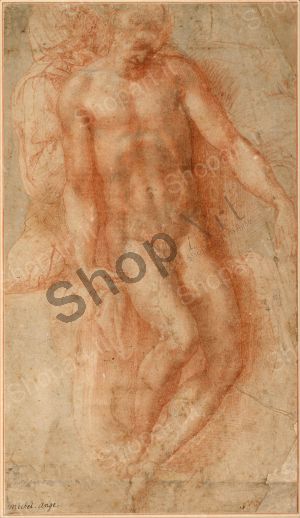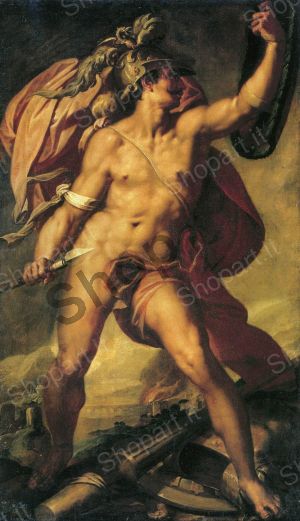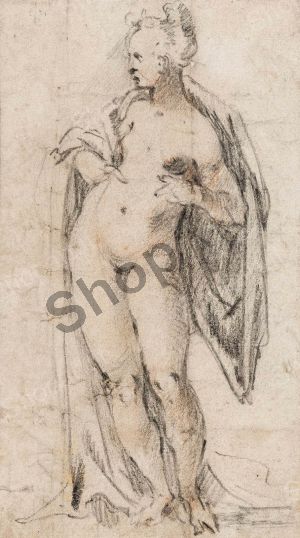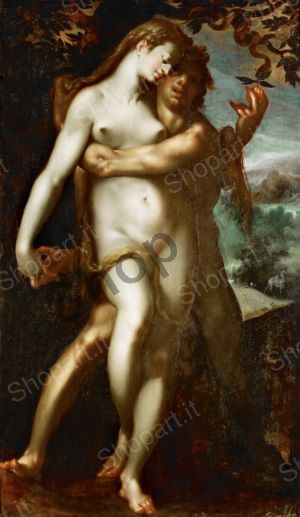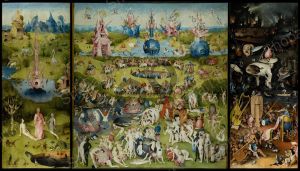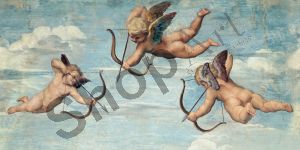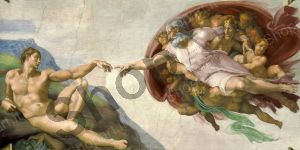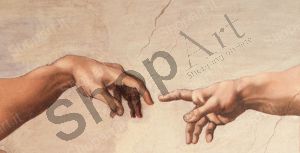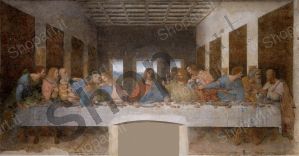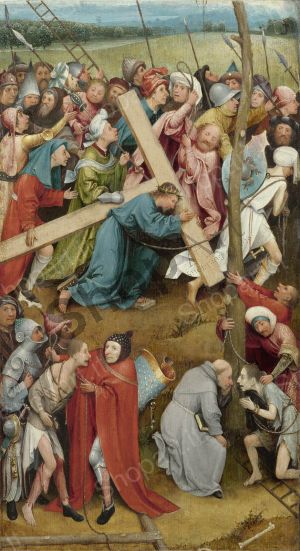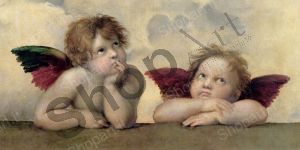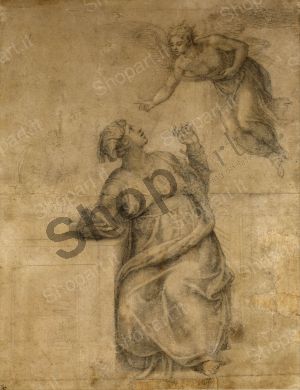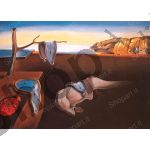Renaissance Art
Renaissance art
This term identifies all the artistic production made between 1400 and 1500. The term was coined by Giorgio Vasari to indicate the rebirth of classicism after the decadent era of the Middle Ages. In Renaissance pictorial works, the use of geometric linear perspective, experimented by Filippo Brunelleschi, appears for the first time in an unequivocal way, in order to create the illusion of depth, through the representation of architectural elements, which, with certain perspectives, are included in the compositions. Renaissance artists, paid special attention to the study of anatomy and the effects of light on bodies to identify the chiaroscuro; in this sense, the contribution of Leonardo da Vinci, which through the study of light, experimented with the use of the aerial perspective to recreate a natural sense of depth that characterizes his pictorial production.
Renaissance art
This term identifies all the artistic production made between 1400 and 1500. The term was coined by Giorgio Vasari to indicate the rebirth of classicism after the decadent era of the Middle Ages. In Renaissance pictorial works, the use of geometric linear perspective, experimented by Filippo Brunelleschi, appears for the first time in an unequivocal way, in order to create the illusion of depth, through the representation of architectural elements, which, with certain perspectives, are included in the compositions. Renaissance artists, paid special attention to the study of anatomy and the effects of light on bodies to identify the chiaroscuro; in this sense, the contribution of Leonardo da Vinci, which through the study of light, experimented with the use of the aerial perspective to recreate a natural sense of depth that characterizes his pictorial production.


